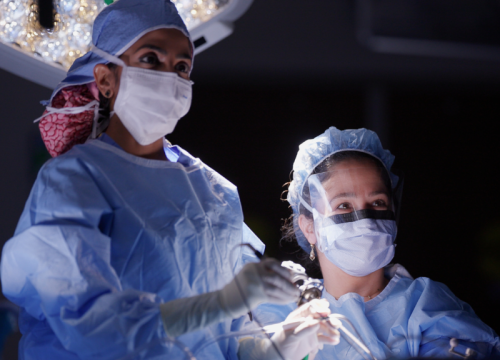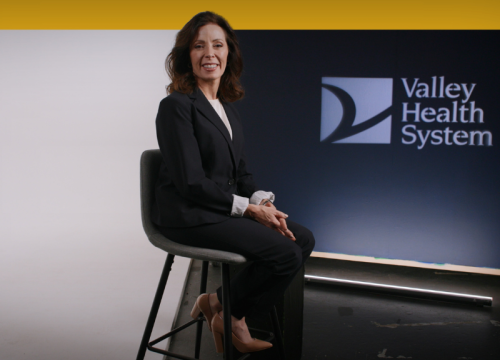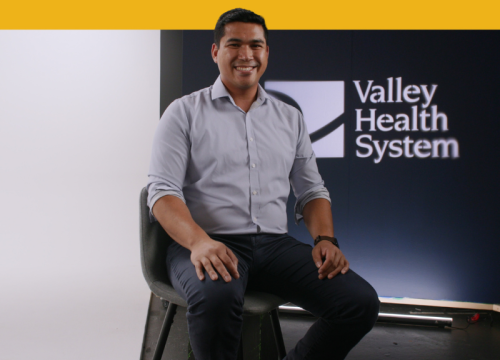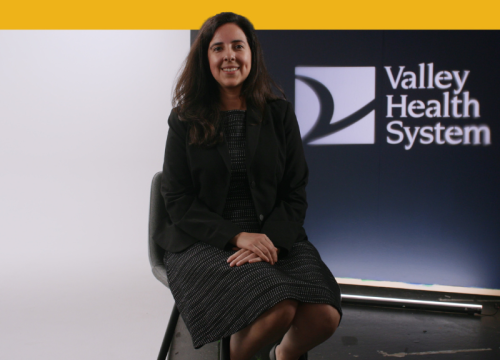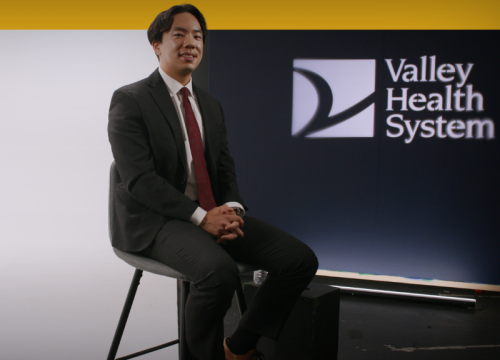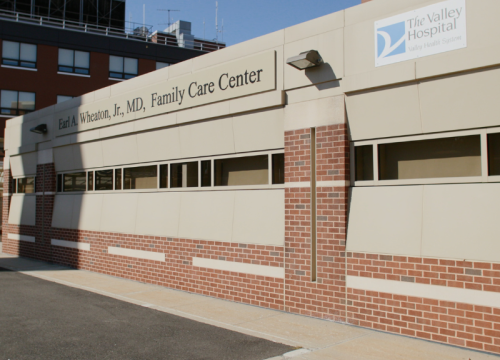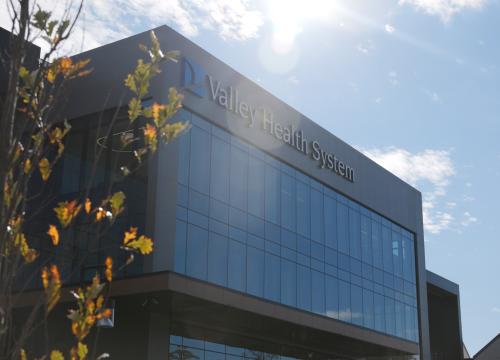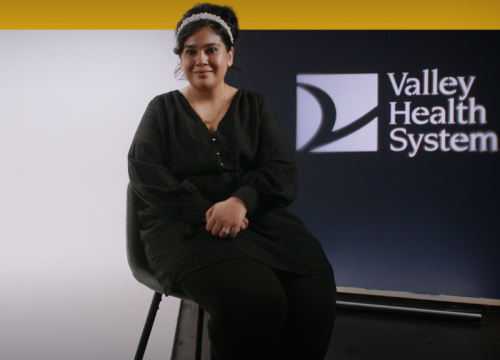Microvascular decompression (MVD) surgery is the only current treatment that has the best chance of curing hemifacial spasm for most patients. Valley’s neuroscience and neurosurgery team has performed hundreds of these procedures at The Valley Hospital.
In this procedure, a neurosurgeon will carefully move any blood vessels that are putting pressure on the nerves that are causing your hemifacial spasm.
What to Expect During Microvascular Decompression Surgery
Your primary neurosurgeon will be in the operating room at all times during your surgery, from the time you go to sleep to the time you wake up, with support from your anesthesiologist and an entire team of neurosurgical professionals.
To begin the surgery, an anesthesiologist will administer general anesthesia. A team of specialists (a technician and neurologist) will connect sophisticated recording and stimulating wires (called intra-operative neuromonitoring technology) to your head, face, and extremities to monitor important functions of your brain and brain stem throughout the surgery and to monitor your hearing and facial spasms in real time.
After making a small linear incision behind your ear, the neurosurgeon will create a nickel-sized opening in your skull to gain access to the compressed facial nerve and the blood vessel pressing on it. The surgeon will use a thin instrument with a magnifying lens to visualize and map out the area to be treated. They will insert small sponges between the facial nerve and the artery or vein that is pressing on it to separate the two and stop the compression, pulsations, and, eventually, the facial spasms.
To complete the surgery, the opening in the covering of the brain will be stitched closed; a small titanium plate and synthetic bone will be placed over the area for a smooth, cosmetic closure. Muscles and the skin of the scalp will be layered over it and closed with tiny stiches or staples. A small dressing is placed over the area so it can heal.
Recovering from Microvascular Decompression Surgery
After surgery, you will be monitored overnight in Valley’s neuroscience intensive care unit by a team of doctors, nurses, advanced practice providers, and other professionals with expertise in critical care and neurological disorders. This calming unit at The Valley Hospital was carefully designed to allow patients to relax quietly under dim lighting so your brain can rest and your body can heal peacefully.
Once you are ready to go home, usually within 48 hours after MVD, you will be given instructions for aftercare and medications, if needed. Your doctor will let you know when you can return to work, driving, and other activities, and when to schedule follow-up appointments.
Why Choose Valley for Microvascular Decompression (MVD) Surgery for Hemifacial Spasm?
- The care you need, close to home: Valley offers the same level of expertise — and the same treatments — as larger medical centers. This means you can get safe, effective neurosurgical care right here in your own community.
- Experience in MVD surgery: Our neurosurgical team has decades of experience and has performed hundreds of these procedures. Patients from all over the tri-state area come to Valley for evaluation and treatment.
- The latest precision technology and techniques: Among the advanced technology we use for diagnosing and treating MVD are high-resolution MRI imaging and intra-operative neuromonitoring. Precise microvascular surgical techniques are used within Valley’s dedicated neurosurgical operating suites. An intra-operative MRI unit provides mid-procedure images so surgeons can assess whether further surgical work is required before a patient is removed from the operating room.
- One-to-one guidance: We take time to explain your condition and how it’s treated. Our neuroscience nurse navigators guide you along the way, scheduling care and offering everything you need to support you through treatment.
For more information, contact Valley’s Neuroscience Nurse Navigator.



